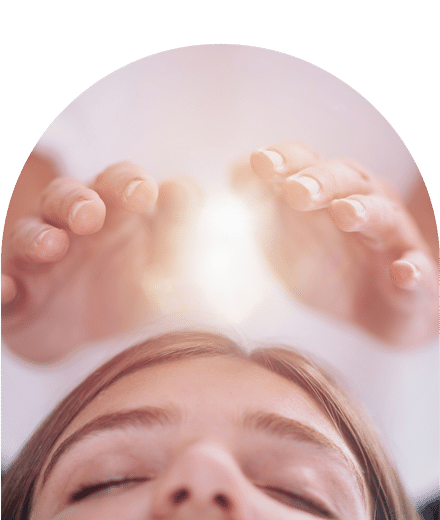
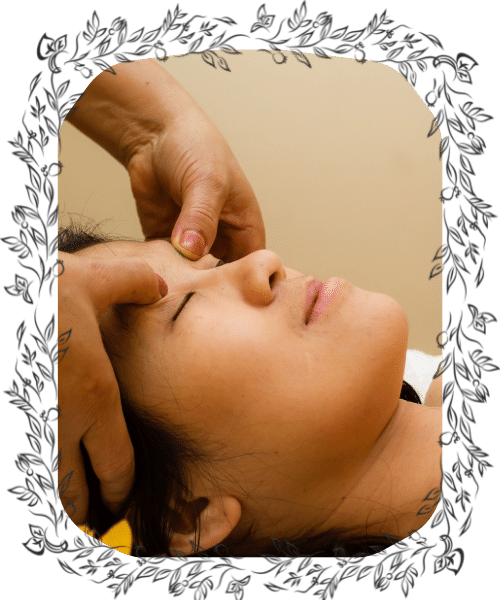
Acupressure has been used for thousands of years in China to promote relaxation and well-being as well as to treat several health issues. Acupressure is a sort of massage therapy that involves applying physical pressure to certain places on the body. Acupressure is a kind of traditional Chinese medicine (TCM) that is similar to acupuncture but involves fingertip pressure rather than needles.
Acupressure benefits are gained by applying pressure to locations in the body’s energy channels to promote the free flow of energy or Qi. According to the National Institutes of Health, acupressure is based on the principle of activating acupoints along meridians to address Qi imbalances. The activation of particular meridians is proven to help with pain alleviation. Acupressure is believed to assist with several diseases, including motion sickness, headaches, and muscular discomfort. It also alleviates pain in other places of the body.
There are numerous acupuncture points on the body. Here are three that acupressure practitioners frequently use:
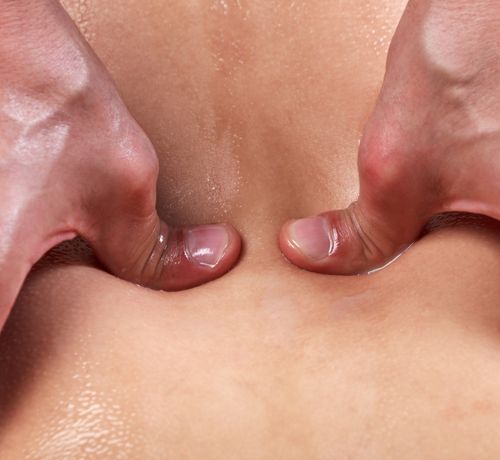
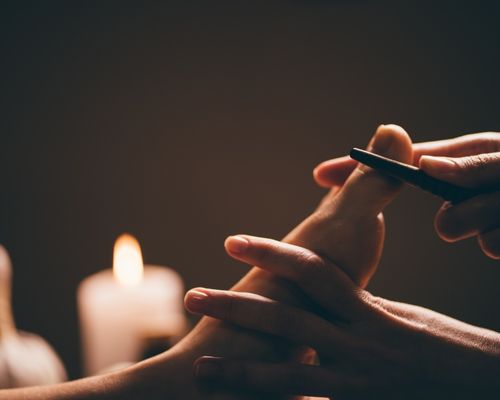
Most people use acupressure to treat a sickness like:
Acupressure practitioners apply pressure to acupoints on the body’s meridians using their fingers, palms, elbows, or feet, or with specific instruments. Acupressure may also include stretching or acupressure massage. The objective of acupressure and other kinds of Asian bodywork is to restore health and balance to the body’s energy pathways, as well as to balance opposing forces of yin (negative energy) and yang (positive energy).
Acupressure heals not only the energy fields and the body, but also the mind, emotions, and soul. Some also believe that practitioners have can transmit life energy (external Qi) to another person.
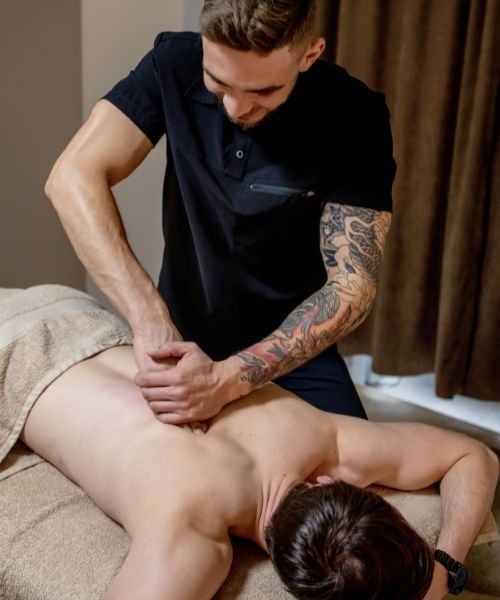
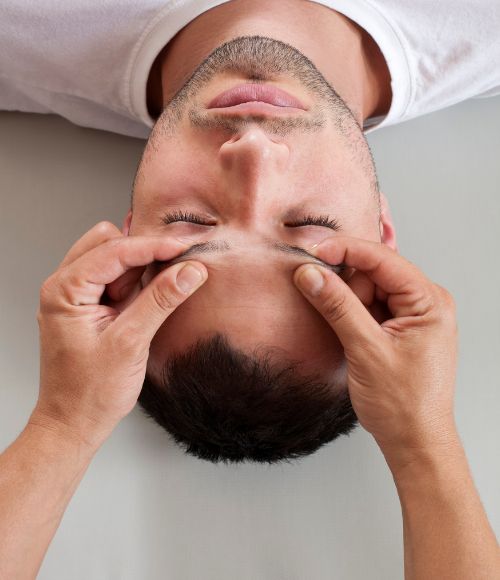
During a session, you may sit or lie on a massage table depending on which places they need to access. The acupressure specialist will apply pressure to a specific place with the thumb, finger, or knuckle. They may also use a pen’s tip. Gentle yet forceful pressure is applied. For around 30 seconds, they may increase the pressure. Then, for 30 seconds to two minutes, they will hold it steady.
Then, they gently reduce the pressure for 30 seconds. It will be repeated three to five times more. The P6 pressure point is mostly used to alleviate nausea and vomiting. The acupressure specialist will ask you to turn your hand palm up. They will put your thumb in the middle of where your hand joins your wrist. You will be asked to move your thumb 2 finger widths toward the elbow. The point is located between two large tendons, which should be felt as the pressure is applied.
Acupressure is not painful. Inform your acupressure specialist right away if you have any discomfort. Following an acupressure treatment, some persons may experience soreness or bruise at acupressure sites. You may also feel dizzy for a while. If you are pregnant, see your doctor before doing an acupressure.
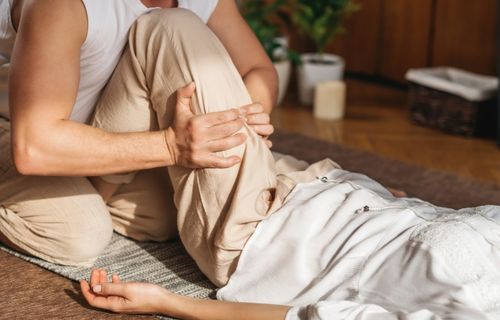

© 2023 – Good Wellness. All Rights Reserved. By Alestra